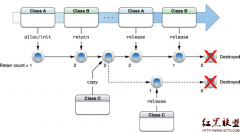中文字符ASCII码和NSString相互转换
来源:未知 责任编辑:责任编辑 发表时间:2015-09-16 20:03 点击:次
在xcode中,文件以utf8格式保存。因此,其中变量对象也是以utf8格式保存。不同语言的utf8编码不一样,英文的utf8编码和ascii码一样。
p>不同语言的每个字符的utf8编码的字节数不一样,字节码也不一样。对于英文字符,查看它的ascii码,很方便,将字符取出来,就是它的ascii码。其实,对于非英文字符,取字符集编码的方式也是这样。这样统称为取ASCII码,在很多文档中也是这样描述的。
p>网上很多这样例子,介绍如何将字符和ASCII码相互转化。但是它们都没有提及如何转换中文等其他非英文的字符,使用这个方法都会转成乱码。
p>
p>使用英文转换测试,如下所示:
p>// NSString to ASCII
p>NSString *string = @"A";
p>int asciiCode = [string characterAtIndex:0]; // 65
p>
p>// ASCII to NSString
p>int asciiCode = 65;
p>NSString *string = [NSString stringWithFormat:@"%c", asciiCode]; // A
p>
p>再使用中文测试一下,使用[NSString stringWithFormat:@"%c", asciiCode]得到的是乱码字符,就是说根本没识别正确。
p>再说解决方法之前,先了解一下stringWithFormat方法中各种format。其中将ascii码转成字符有两种format,分别为%c和%C。
p>
p> /*
p> %c
p> 8-bit unsigned character (unsigned char), printed by NSLog() as an ASCII character, or, if not an ASCII character, in the octal format \\ddd or the Unicode hexadecimal format \\udddd, where d is a digit.
p> %C
p> 16-bit Unicode character (unichar), printed by NSLog() as an ASCII character, or, if not an ASCII character, in the octal format \\ddd or the Unicode hexadecimal format \\udddd, where d is a digit.
p> */
p>使用[NSString stringWithFormat:@"%C", asciiCode]就可以正常得到所要的字符。
p>分别以英文,中文和日文举例。
p>
p> NSString *theString = @"g";
p> unichar theChar = [theString characterAtIndex:0];
p> NSString *theString1 = [NSString stringWithFormat:@"%c", theChar];
p> NSString *theString2 = [NSString stringWithFormat:@"%C", theChar];
p> NSLog(@"theString=%@,%d,%@,%@",theString,theChar,theString1,theString2);
p>
p> theString = @"家";
p> theChar = [theString characterAtIndex:0];
p> theString1 = [NSString stringWithFormat:@"%c", theChar];
p> theString2 = [NSString stringWithFormat:@"%C", theChar];
p> NSLog(@"theString=%@,%d,%@,%@",theString,theChar,theString1,theString2);
p>
p> theString = @"カントリー";
p> theChar = [theString characterAtIndex:2];
p> theString1 = [NSString stringWithFormat:@"%c", theChar];
p> theString2 = [NSString stringWithFormat:@"%C", theChar];
p> NSLog(@"theString=%@,%d,%@,%@",theString,theChar,theString1,theString2);
p>
p>2013-09-12 15:36:27.849 XYShopping[1892:18e03] theString=g,103,g,g
相关新闻>>
- 发表评论
-
- 最新评论 进入详细评论页>>

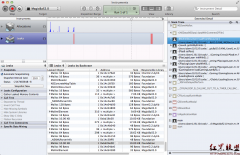

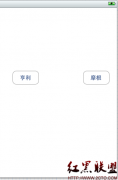
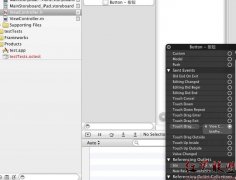


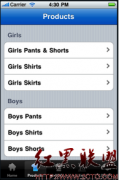
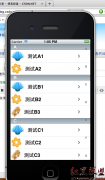
![[iPhone中级]iPhone团购信息客户端的开发 (二)](/uploads/allimg/131022/200H11235-0-lp.png)
